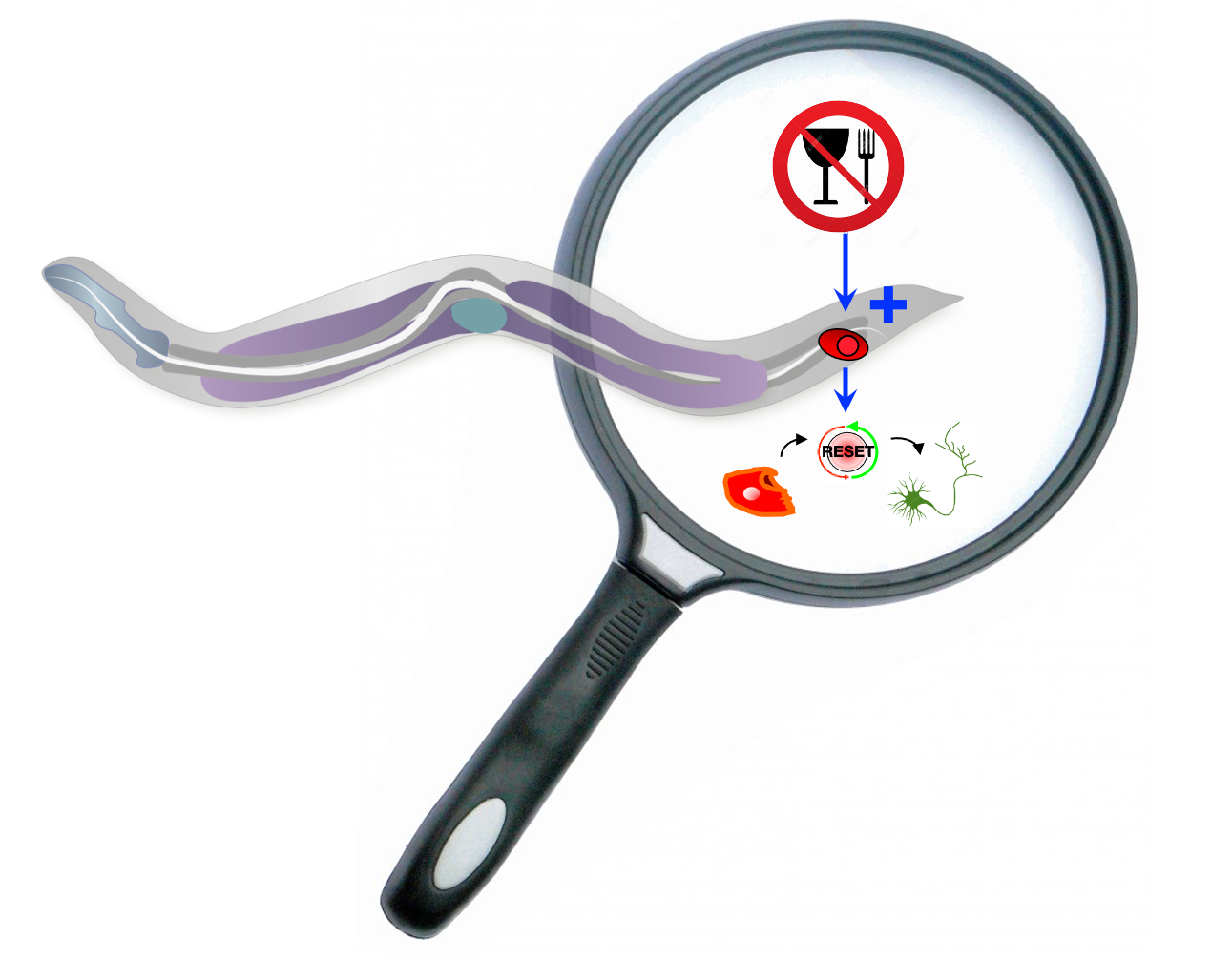You are what you eat: how the environment impacts cellular plasticity
Sophie Jarriault
Centre National de la Recherche Scientifique, Strasbourg, France
While developmental processes are usually robust, even when challenged by environmental variations, gene—environment interactions sometimes lead to different responses and hence a permanent change in developmental trajectory — a process known as developmental plasticity. Indeed, while working on a single cell example of natural cellular reprogramming in the worm, we have uncovered genotypes in which changing the environmental conditions differentially impact on the reprogramming process. I will introduce our main natural reprogramming model, a rectal cell that suddenly loses its differentiated identity and is reprogrammed into a motoneuron in Caenorhabditis elegans animals – a process also known as transdifferentiation or Td. This fascinating Td event proceeds through discrete steps in the absence of cell division: first dedifferentiation followed by step-wise re-differentiation into the new cell type. We have identified positive regulators that are necessary for the initiation of Td, including two nuclear factors that seem to act as licensers of the process by antagonising a brake. Intriguingly, we have found that in certain genetic backgrounds, the ability to reprogram this rectal cell varies under different conditions likely encountered in the wild, such as starvation, caloric restriction or poor food. Our data suggest that several environmental conditions can bypass the need for licenser factors, leading to increased plasticity. I will present a potential model for how satiety level ultimately achieves this.










You must be logged in to post a comment.